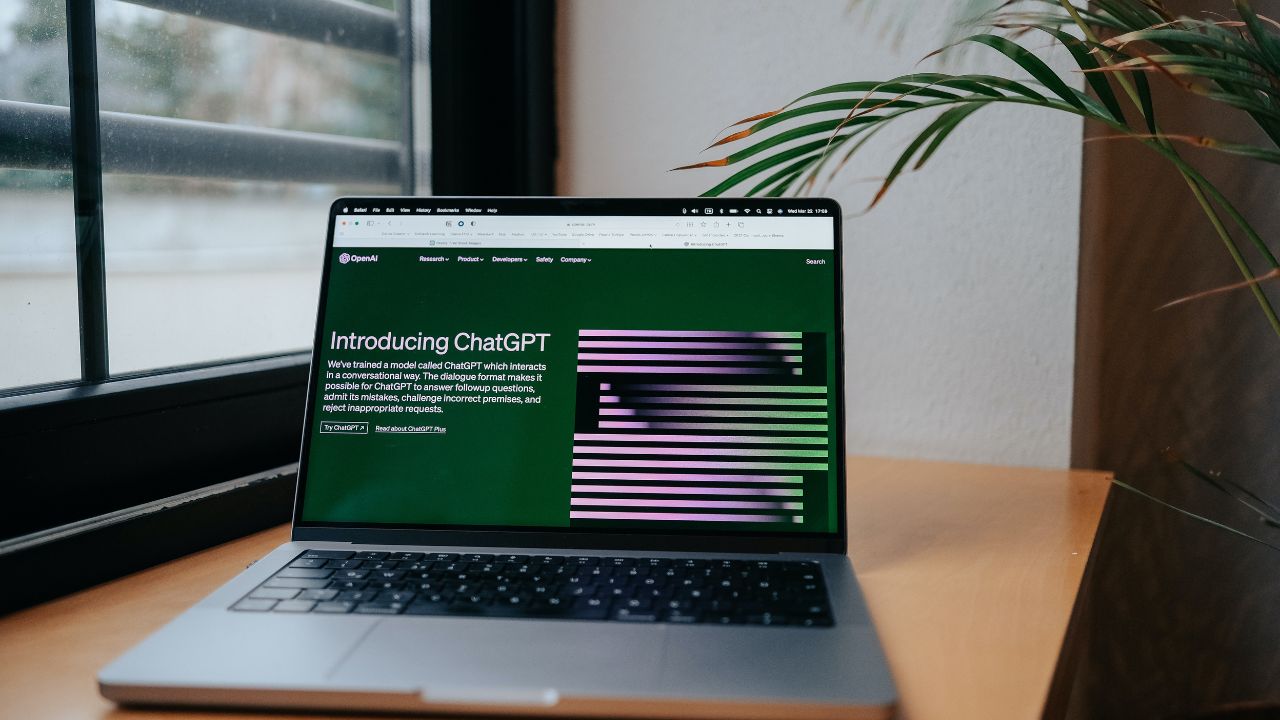Imagine walking into work, feeling the hum of the office around you, and settling into your desk, all the while unaware of the unseen eyes monitoring your every move.
It’s happening on a grand scale as corporations use advanced software to keep tabs on their employees. There’s a twist in the narrative here. This extensive data collection is feared by experts to be a stepping stone, a way to train AI to replace human roles in the workforce.

Learning the ropes from humans
It’s a familiar story – the experienced worker trains the newbie only to be replaced once the newcomer is up to speed. This age-old tale is on the verge of adding a new character to its plot: artificial intelligence.
Over the years, numerous reports have suggested the looming threat of automation over various job sectors, both blue-collar and white-collar. The advanced capabilities of AI tools to handle data-intensive and repetitive tasks are reshaping the job scenario, spanning diverse fields from banking to legal and beyond.
MORE: LINKEDIN SCAM TO WATCH OUT FOR
How corporate spyware trains AI to eventually replace human workers
Enter corporate spyware, an unnoticeable training ground for AI. As employers monitor their workforce, the extensive data being gathered turns into a goldmine for training AI.
Companies are not just observing employees but also making them frequently interact with AI tools. This interaction provides invaluable data and insights, contributing to the creation and refinement of AI models that could eventually replicate and replace human roles.

MORE: HOW YOUR PASSWORDS CAN BE STOLEN BY AI LISTENING TO YOUR KEYSTROKES
How AI is showing up in the workplace
Customer service bots: In customer service departments, employees often interact with AI-powered chatbots and virtual assistants. These tools are used to handle and resolve customer inquiries and issues efficiently.
The AI learns from the interactions, understanding the nuances of customer communication and the methods employees use to resolve various issues. This data can be utilized to improve the AI’s performance and potentially enable it to handle more complex tasks independently, without human intervention.
Data analysis tools: Many corporations employ AI-powered data analysis tools. Employees interact with these tools to analyze large datasets, glean insights, and make data-driven decisions. By observing and learning from the employee’s interactions, the AI can enhance its analytical capabilities, learn to recognize patterns and insights independently, and eventually perform comprehensive data analysis without human oversight.
Automated scheduling and administrative tasks: Employees often use AI tools for scheduling, email sorting, and other administrative tasks. These tools learn from employee preferences and behavior to optimize scheduling, organize emails, and perform other administrative tasks more efficiently. The more employees interact with these tools, the more data the AI collects about optimal strategies and solutions for these tasks, improving its ability to perform them autonomously.
This strategy may lead to the development of AI programs that can observe, learn, and eventually perform the job as efficiently, if not more so, than human employees. All without needing salaries, benefits, or breaks.

MORE: A CONTROVERSIAL NEW AI APP ALLOWS YOU TO TEXT WITH JESUS (AND SATAN)
How do you handle the impact of AI on your job?
People are noticing that AI is silently learning from our everyday tasks and interactions at work. It’s subtle, it’s quiet, but it’s making a mark. The chatter out there is mixed – not everyone is convinced it will entirely reshape the job market, but there’s a mutual feeling that change is on the horizon.
Some jobs might morph into something new, integrating more AI tools to make tasks easier and more efficient. On the flip side, other jobs, especially those that are repetitive and data-heavy, might just fade away, replaced by advanced AI systems.
How AI can learn from us and possibly even surpass us
As AI continues to grow and learn from us, it’s getting better at doing what we do, sometimes even outperforming us. The data collected from monitoring workplace activities and interactions with AI tools is like gold, used to refine and enhance AI capabilities further. This ongoing cycle of learning and improvement is pushing AI systems to new heights, making them more competent and capable of handling complex tasks autonomously.
Kurt’s key takeaways
What about the workforce? There’s a concern that as AI takes on more responsibilities, folks might find themselves nudged out, forced to look for other roles or adapt to the changing tide by being forced to learn new skills embracing the AI transformation. It’s a bit of a mixed bag, and the uncertainty is real. There’s anticipation, curiosity, and a dash of worry as we stand on the brink of this AI evolution, waiting to see how it all pans out in the end.
Do you think AI may be overstepping its boundaries, or will it only improve our lives? Let us know what you think in the comment below.
FOR MORE OF MY TECH TIPS & SECURITY ALERTS, SUBSCRIBE TO MY FREE CYBERGUY REPORT NEWSLETTER HERE


